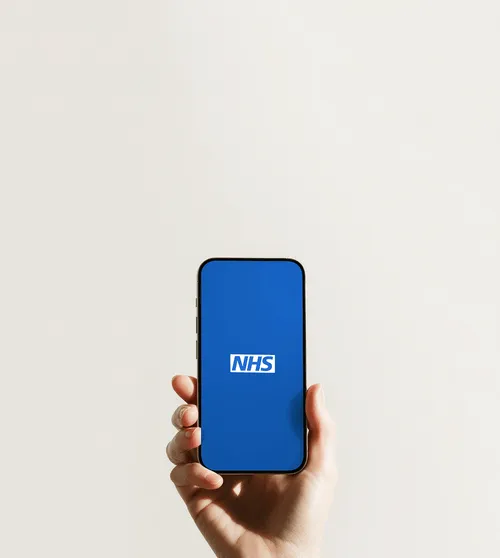Building the Unified Care Corridor
Unifying Patient Pathways for Urgent Care
The third essential component of the HEAL programme is the creation of a unified care corridor, a revolutionary approach to connecting and integrating healthcare services. Traditional healthcare delivery
is fragmented across multiple settings: primary care general practice, out-of-hours services, NHS 111, and various referral pathways, with very little direct access to diagnostics. Each operates independently, creating a disjointed experience where patients must navigate a complex maze of services, often repeating their story multiple times while facing inconsistent triage decisions and variable care quality.
By contrast, the unified care corridor intrinsically recasts this fragmented landscape into a single, coherent system. Rather than maintaining parallel but disconnected urgent care channels - each with their own dedicated resources, triage processes, and clinical protocols - the corridor creates a unified patient journey with consistent navigation, regardless of how patients initially access care. This means a patient contacting NHS 111, visiting their GP, or using the NHS App receives the same high-quality assessment and is directed to the most appropriate care setting based on clinical need rather than access route.
Transforming A&E Attendance Patterns
The unified care corridor directly addresses one of the NHS’s most significant challenges: inappropriate A&E attendances. NHSDigital data confirms that approximately 40% of A&E attendances -representing over 10 million emergency visits annually – could be treated in alternative settings. This misuse of emergency resources not only drives up costs significantly but contributes to overcrowding, extended waiting times, and reduced quality of care for those genuinely needing emergency treatment.
Unlike traditional “redirection” approaches that often fail because they simply turn patients away without providing viable alternatives, the unified care corridor shifts patient behaviour by offering immediate, tangible alternatives to A&E attendance.
When a patient is contemplating an A&E visit, the unified care corridor system can:
Provide intelligent triage that accurately identifies severity and urgency
Present immediate, bookable alternatives appropriate to the patient’s condition, including same-day GP appointments, urgent treatment centres, or specialist services
Offer clear information about waiting times at different locations
Flag transportation options and directions to the most appropriate facility
Schedule diagnostic tests directly where needed, bypassing unnecessary clinical consultations
The economic impact is substantial. With the average A&E attendance costing approximately £150 compared to £30 for a GP appointment or £60 for an urgent treatment centre visit, even a modest 20% reduction in avoidable A&E attendances could save the NHS hundreds of millions of pounds annually while improving care quality.
Improving resource allocation is central. Currently, resources are inefficiently allocated based on which “door” patients happen to enter through, leading to some urgent care settings being overwhelmed while others remain underutilised. The unified care corridor eliminates these inefficiencies by dynamically balancing demand across all available resources. For example, a patient with chest pain calling NHS 111 might be immediately directed to A&E, while another patient self-presenting to A&E with a minor injury could be redirected to a nearby treatment centre with shorter waiting times - all through the same intelligent triage system.
The unified care corridor represents not just an integration of existing services, but a fundamental rethinking of how urgent care is delivered - moving from isolated, competing channels to a single, intelligent system that puts patient needs at its centre.
For patients, the unified care corridor eliminates the frustration of being bounced between services or having to guess which entry point is most appropriate for their needs. Instead, they experience a seamless journey with clear guidance, shorter waiting times, and appropriate care first time. For clinicians, the corridor provides consistent, high-quality information about each patient, reducing duplication of effort and allowing them to focus their expertise where it’s most needed. For the healthcare system, the corridor offers a transformative model that can reduce unnecessary A&E attendances, optimise resource utilisation across all urgent care settings, and deliver significant cost savings while improving outcomes.




